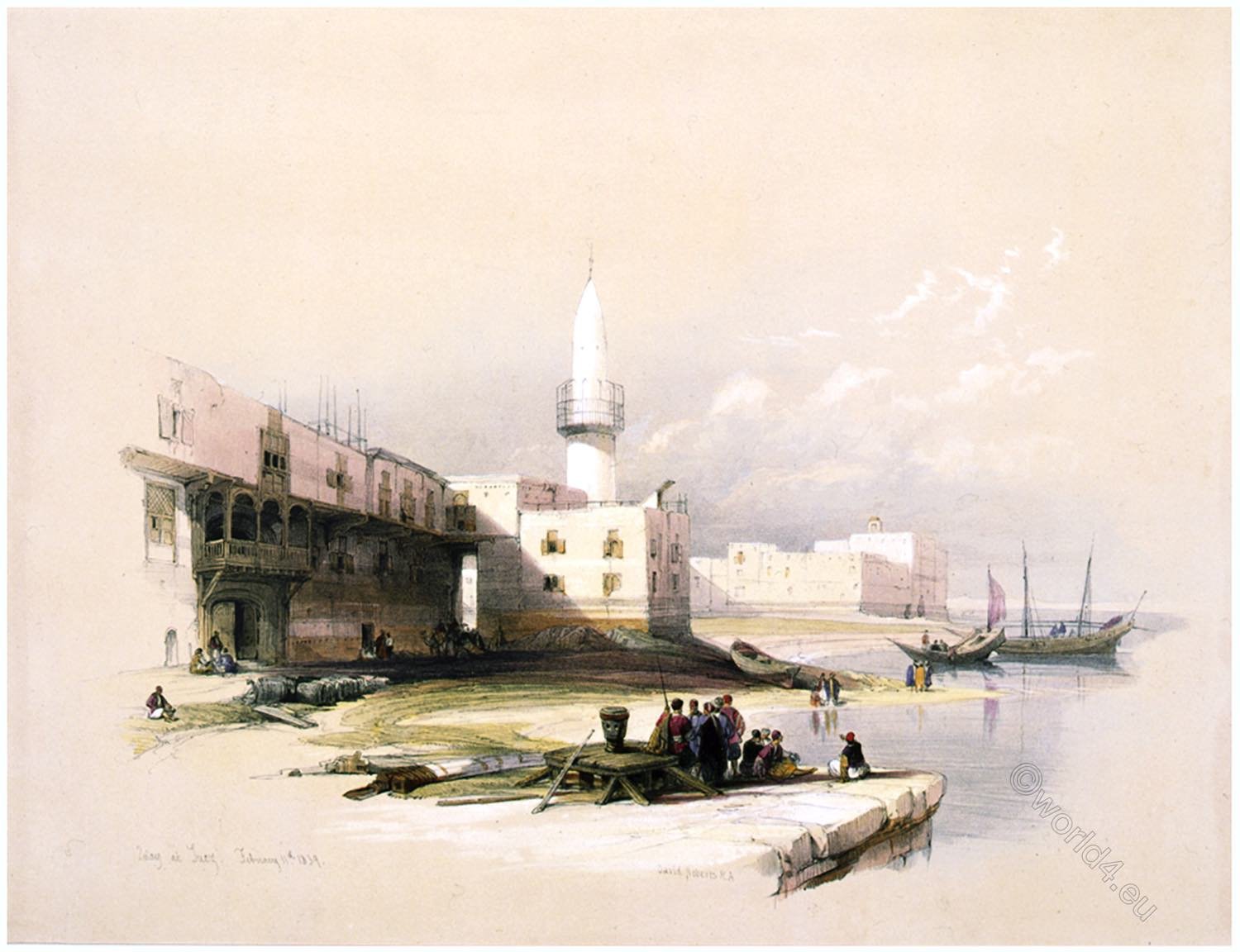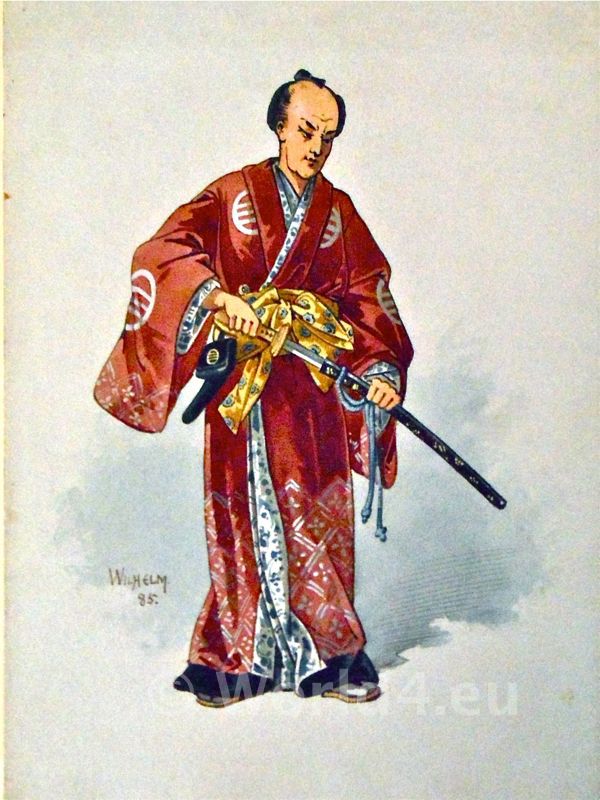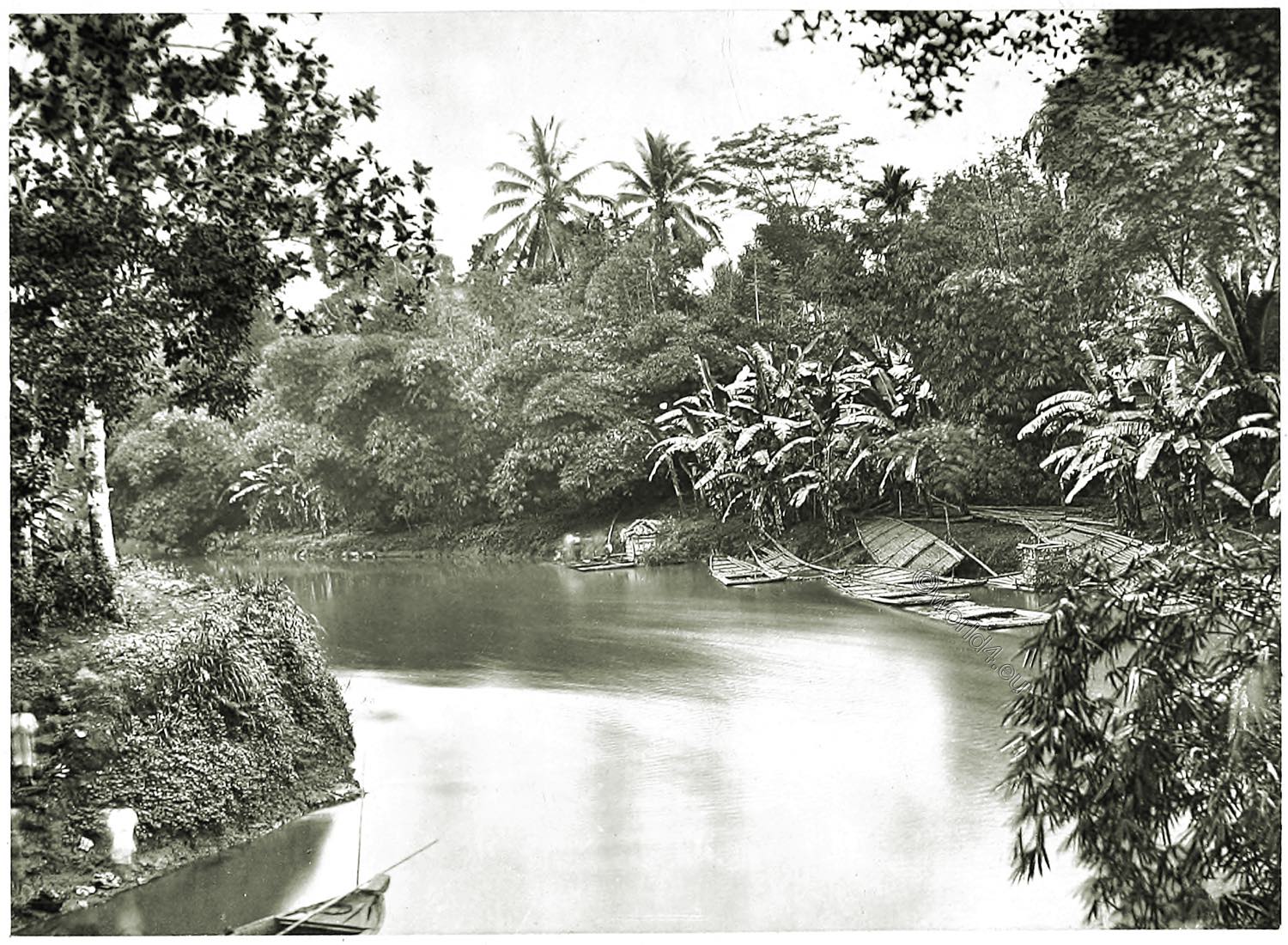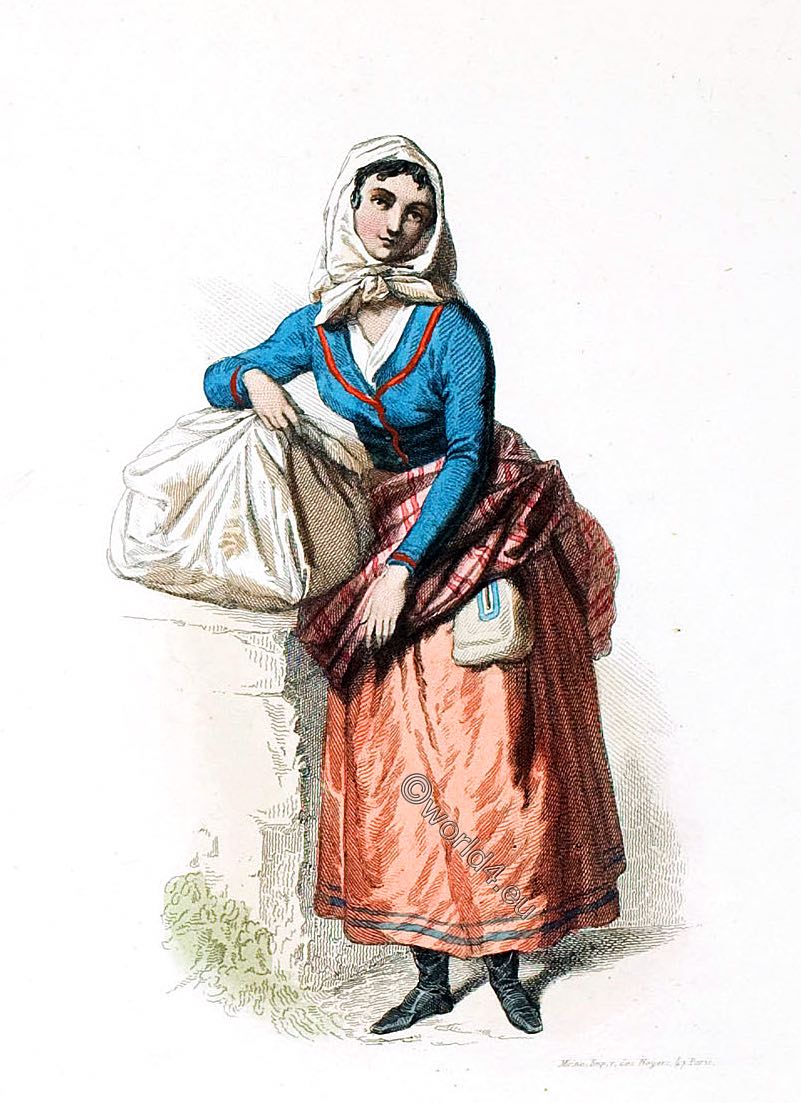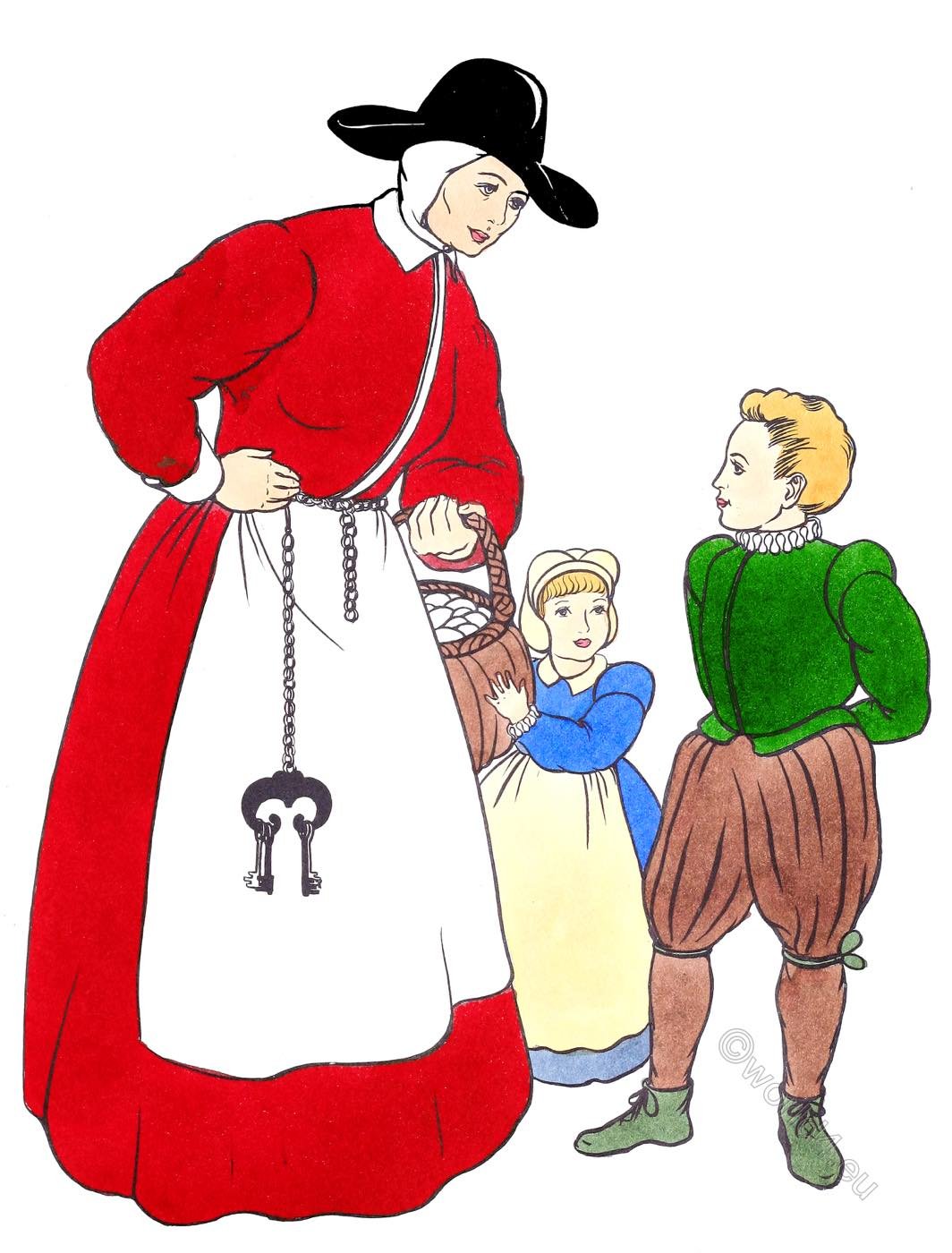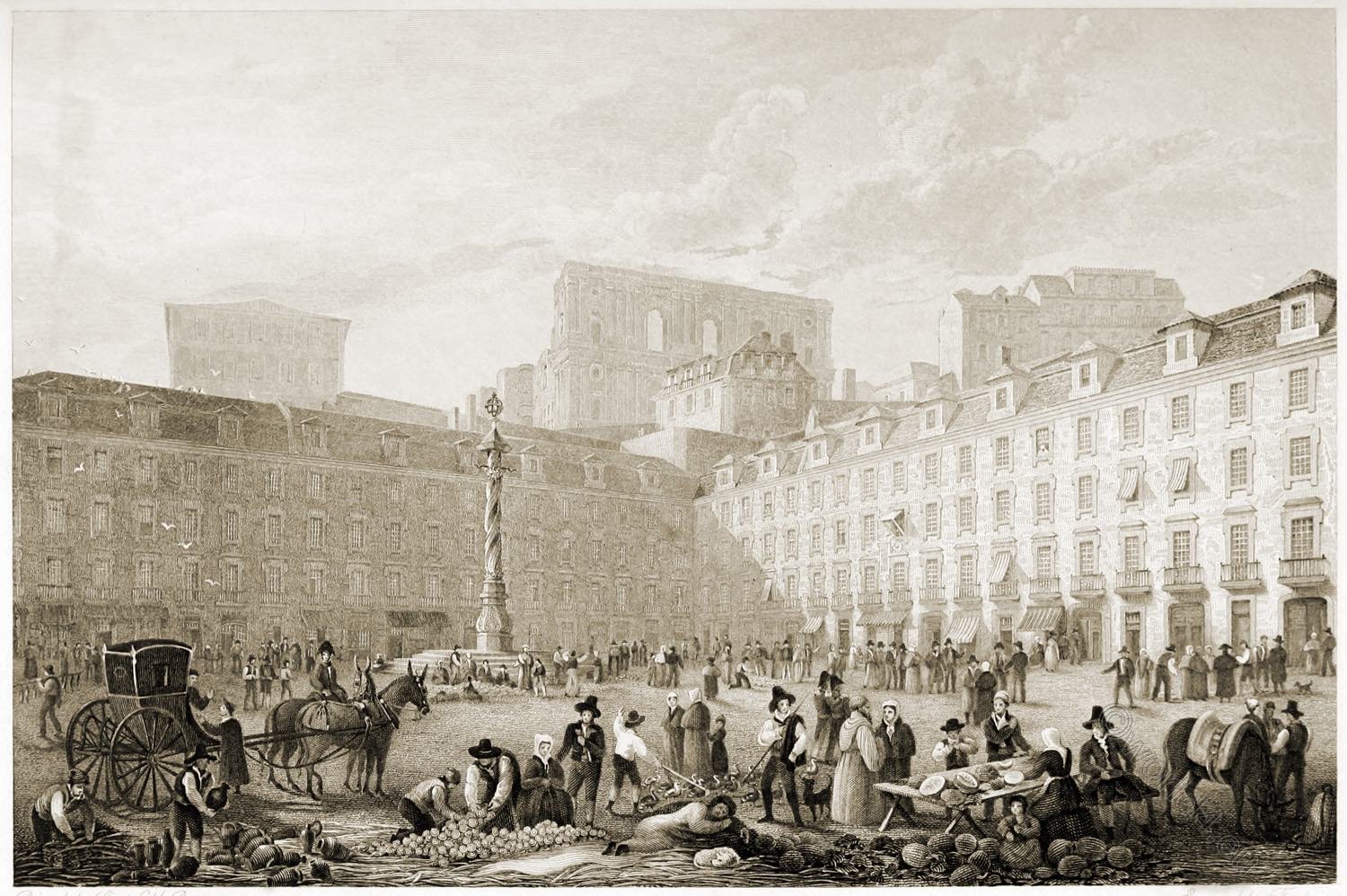
LISBON. THE LARGO DO PELOURINHO.
The interior of Lisbon affords many striking and characteristic scenes, varying from each other, owing to the uneven nature of the ground on which the city stands, and to the intermixture of different styles of architecture.
The accompanying view of the Largo do Pelourinho (square of the little pillar) will serve to convey an idea of the inequality of ground on which, in some instances, adjoining streets are built, the foundations of the houses in the one being sometimes on a level with the roofs of the houses in the other.
It will likewise afford a specimen of the style of building adopted immediately subsequent to the great earthquake of 1755; this portion of the city having been entirely demolished by it. The Largo do Pelourinho is so named from the small ornamental column which stands in its centre.
Criminals of the higher class formerly suffered punishment upon it; but, notwithstanding its unseemly destination, it is a very ornamental little column of fine stone, resembling marble, and represents three spiral branches rising from a richly sculptured pedestal: the branches entwine spirally together, and support a fanciful capital, surmounted by a sphere of open iron-work.
The capital is disfigured by the iron projecting hooks to which criminals were attached. The picturesque appearance of the scene is heightened by the unfinished facade of the church of St. Francisco da Cidade, standing on the eminence close behind the western side of the square. Some of the houses in the Rua St. Francisco are also seen towering above the roofs of the buildings below.
As this square is situated on the chief line of communication between the eastern and western parts of Lisbon, it is always a busy scene. Close behind the spectator is the National Bank, and the buildings of the Naval Arsenal occupy the south side of the quadrangle.
Source: Select views of some of the principal cities of Europe by Robert Batty. London: Moon, Boys, and Graves, 1832.
Continuing
LISBON.
Convent of St. Geronymo, Belem.
Lisbon, from the Rua de San Miguel.
Lisbon, from the Chapel Hill of Nossa Senhora da Monte.
Lisbon. The Largo do Pelourinho.

